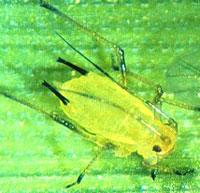
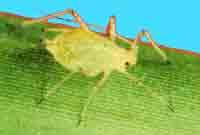
Identify aphids: they are about the size of a pinhead and can be easily seen with your naked eye. To be absolutely sure, you can use a magnifying glass. They are found in all climatic conditions in which plants also thrive. There are green, yellow, black and even pink aphids. The white-grey and black ones usually appear as pests. most of them do not have wings. Aphids reproduce asexually without fertilisation. A female can produce 40-100 young. If there are many aphids outdoors, they are accordingly also present indoors.
Install yellow sticky traps at the bottom of the stem on some plants and at the top near the top on a few others to see if winged aphids are likely. These are usually the first to arrive in the grow room. Aphids excrete honeydew, a sticky substance that ants, among others, feed on.
Damage: Aphids suck the plant sap from the leaves, causing the leaves to wilt and turn yellow. in case of heavy infestation, the sticky honeydew they excrete is noticeable. Aphids mainly prey on weakened plants. Some prefer juicy fresh leaves, others rather the older ones or even the buds. Their favourite places are the undersides of the leaves and the areas around the buds. They also bring viruses with them. Some aphid species can transmit up to 150 different types of viruses. The honeydew is an excellent breeding ground for pilosebaceous fungi and sooty mould. Whenever you take measures to control aphids, you must also think about controlling ants!
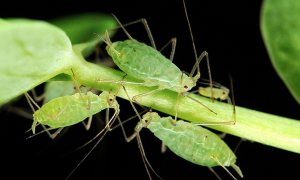
Control aphids: Yellow sticky boards set up and, if necessary, pick up by hand and rinse carefully with water. Use of Beneficial insectsLacewing of the genus Chysoperla or ladybird. As soon as you discover aphids, simply release 1-20 lacewings depending on the infestation of your plant and repeat this every 4 weeks. With the eggs it takes a few days until the larvae are ready to attack the aphids. As beneficial insects you can also use gall midge larvae and ichneumon wasps, which are super suitable. Ladybirds are also helpful in controlling aphids. The disadvantage, however, is that the high-pressure lamp acts like a magnet on them. They buzz and bang against the hot lamp and then die.
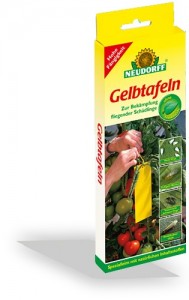
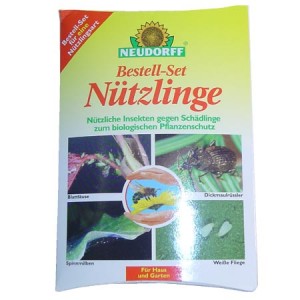
Scale and mealybugs
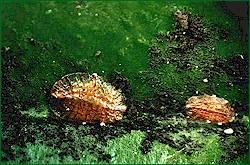
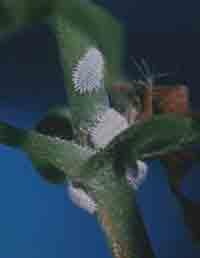
Scale and mealybugs are quite common in the growroom. The 2 to 7 millimetre large, waxy white and oval scale and mealybugs hardly move. They develop only slowly and live in colonies, which are mostly located where the side shoots branch off the stem. They also excrete sticky honeydew. The scale insect is similar to the mealybug, only the shape is a little rounder. Possible colours: white, yellow, brown, grey or even black. The diameter is usually 2-4 millimetres.
Damage: they suck on the leaves, inhibiting the growth of the plant. The sticky excretions form a breeding ground for sooty mould and attract ants, which value the honeydew as food.
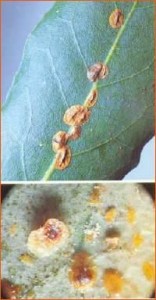
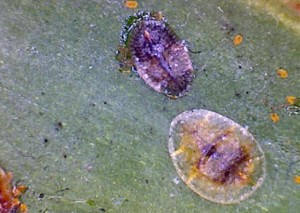
Controlling mealybugs and scale insects: Pests of this type do not cause much trouble indoors. Manual removal is not pleasant, but very effective. Just wet a cotton swab with isopropyl alcohol and wipe them away. You may even need a knife or tweezers to carefully scrape them off. Not all of them come off well. Sometimes some still stick to the leaves after the alcohol treatment.
Biological measures: there are many species of scale and mealybugs, and all of them have Natural enemiesincluding predatory wasps.
Sprays: Insecticidal soap, Pyretrum and Neem oil.
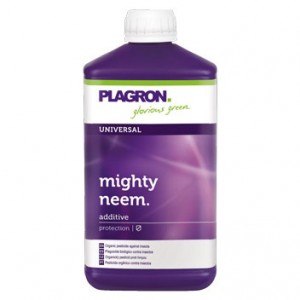
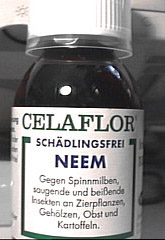
<<mehr Grow Tipps im Growlexikon>>





